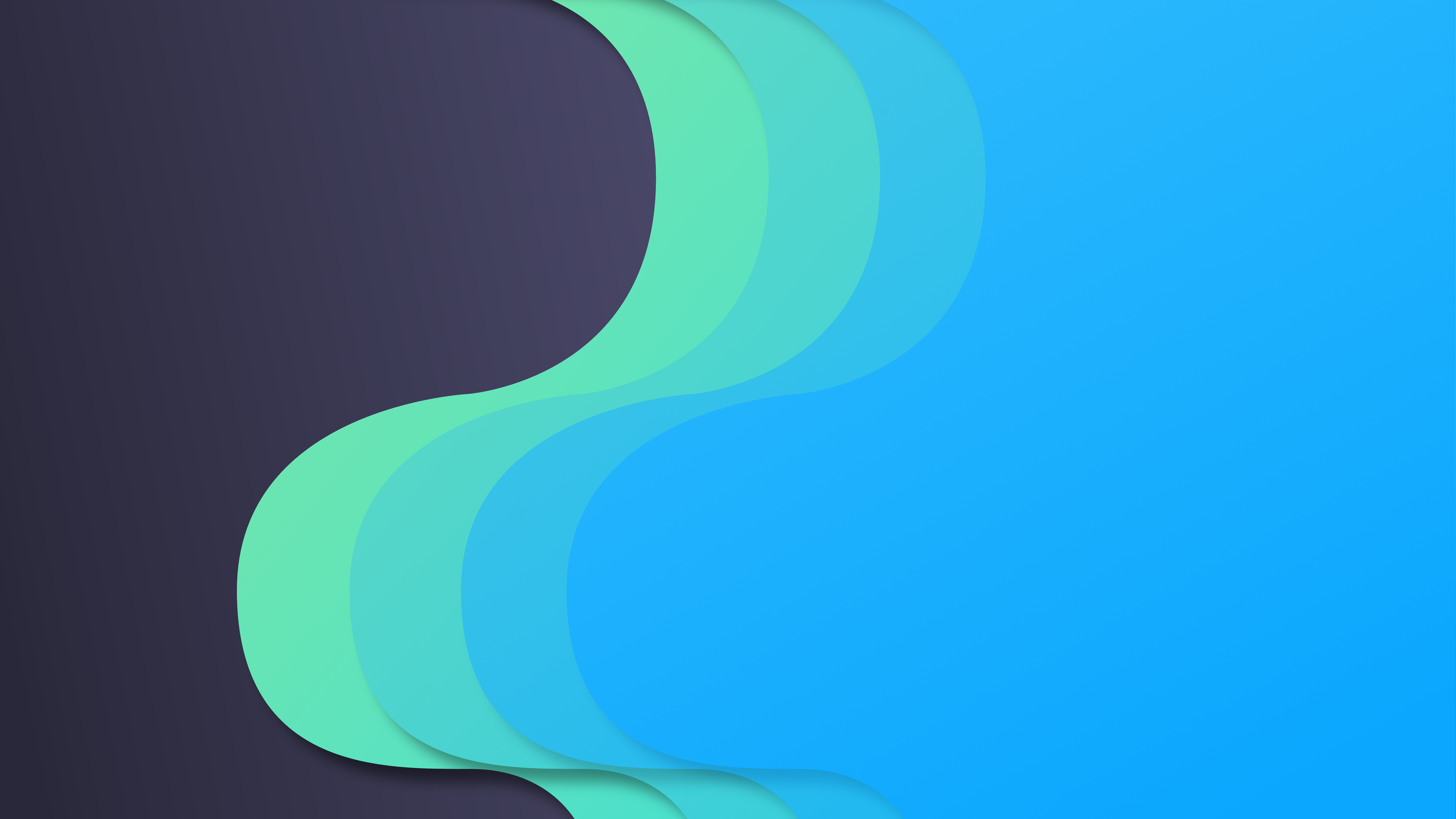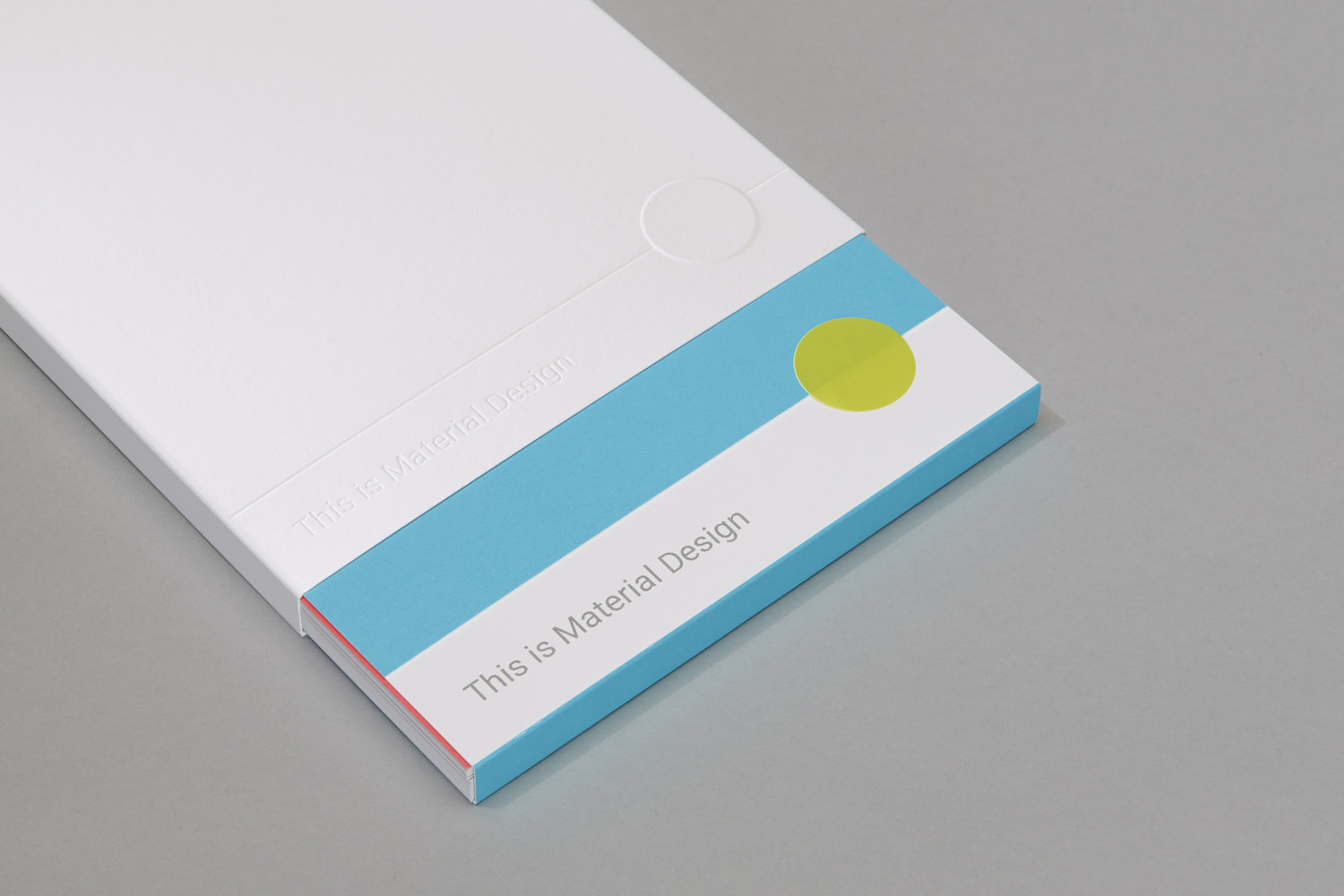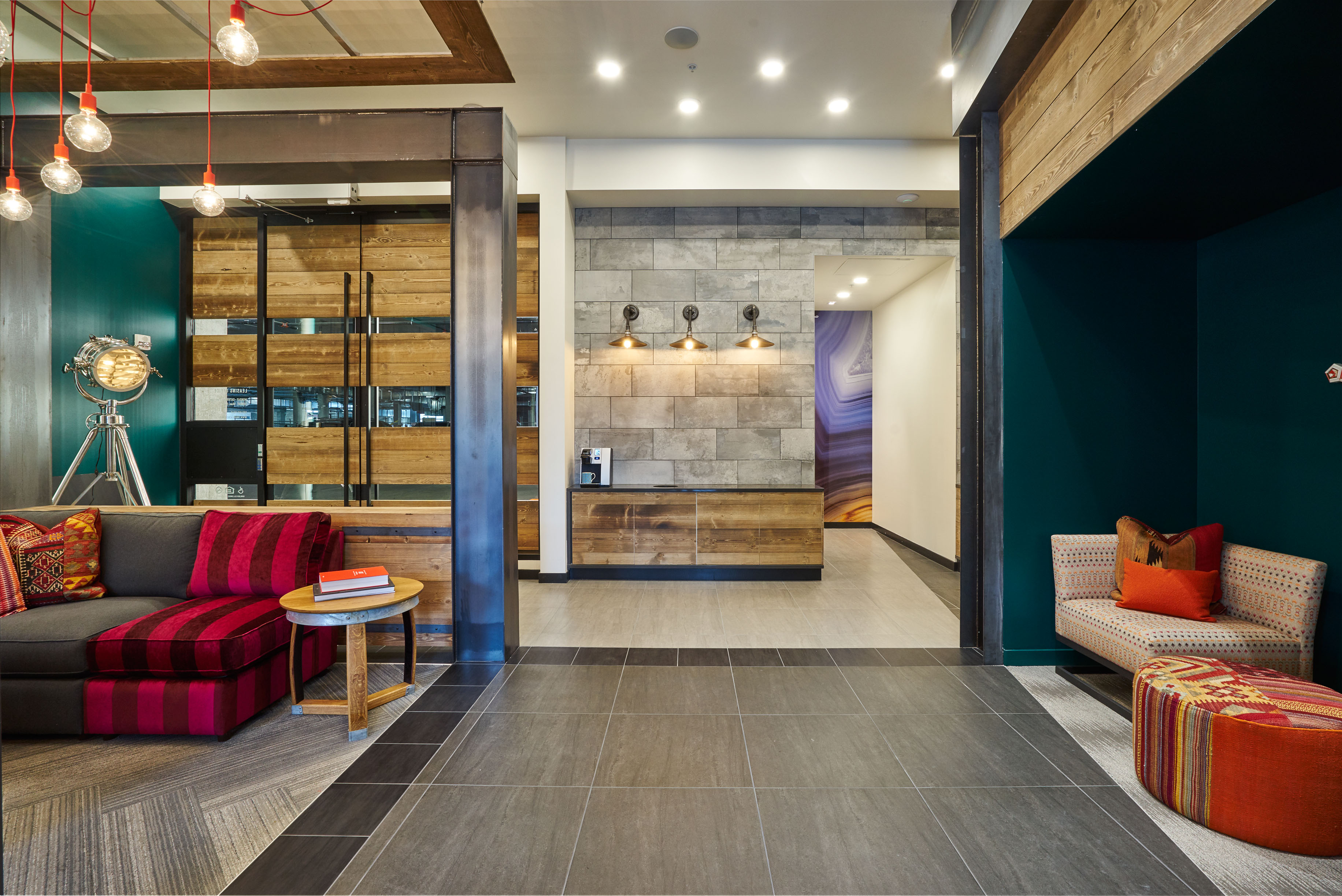Table Of Content

Among the vintage bathroom trends we’re seeing are pendant accents and ornate details on bathtubs and other fixtures. We’ve also seen lighting designed to evoke the look of candlesticks and vintage-inspired colors like teal greens, rosy pinks, brass and gold. We’ve seen many significant players embrace and innovate on the bidet, from built-in models to attachments, so this luxury accessory can be within reach for more people than ever before. TOTO, a brand known as the manufacturer of the original luxury bidet seat in 1980, has long been in the bidet game but is one of the most prominent brands showcasing a line of bidets varying in features and price today. Copyright © 2024 Elsevier B.V., its licensors, and contributors.
Expand and collapse content
The idea is that by mimicking the physical world, we reduce users’ cognitive loads through careful attention to layout, visual language and pattern library, maximizing predictability and eliminating ambiguity. Material Design’s “card” concept serves as a system for layering elements and animations; it also permits a more personalized experience (e.g., showing followers on Twitter). Material design has got you covered with everything – from design guidelines to developer components.
Think With Google
A concept that uses visual hierarchy to create a real-world feel to designs. Material design heavily relies on 3D forms, to add more depth and realistic user interfaces. In October 2021, Google released Material Design 3, with updated guidelines, and many websites and apps using Material Design 2 started migrating to the latest version. In the second lesson, you’ll learn how to think like a UX designer.
Join our global community
Permits storing data to personalize content and ads across Google services based on user behavior, enhancing overall user experience. You’ll find a series of exercises that will help you get hands-on experience with the methods you learn. For many designers, this means tapping into fun elements and a sense of personalization.
Rapidly add and tweak any styles using CSS utilities
Google finally updates Material Design 3 progress bars and sliders - Android Police
Google finally updates Material Design 3 progress bars and sliders.
Posted: Fri, 19 Jan 2024 08:00:00 GMT [source]
Material Design lays the foundation of the new wave in UX/UI design – minimalism, and it follows Google’s concept – “less is more”. If your goal is to utilize Material UI Design, then you should get rid of unnecessary elements and components, and leave room for what truly matters. Each component you insert into your user interface serves a specific purpose. One of the main requirements is to use components in their respective field – if you have a roadmap, having a progress map might make great sense. This guide only gives you some strategic insights to start learning Material.
Material design is a design standard (or system) that has been developed by Google back in 2014. The entire idea behind that decision was to create a design system that will create better consistency across all devices, and add predictability to all designs, in order to simplify the user experience. But Internet has emerged and what it looked like space to gather information has rapidly monetized. These are natural interactions between users and interfaces on mobile, web, or desktop apps. Material Design was developed with the needs of mobile users in mind. However, it’s not limited to Android- it’s a design system for sites and web apps, too.
Material Design Foundation
At the end of the day, looking beyond the property line to the larger global context of material cycles will ultimately translate to better project outcomes. For example, the biophilic benefits of using wood as a structural system can translate to increased employee productivity and engagement in person at the office. As demonstrated in Gensler’s NEXT Labs project, buildings that use sustainable materials also perform better and can be aesthetic differentiators in a competitive market.
You should carefully study each component to be able to fully utilize Material Design. Material You is just one of many updates to come, making Material Design a working solution for designers. Differentiates real visitors from automated bots, ensuring accurate usage data and improving your website experience.

Material Design emerged as Google’s brainchild in mid-2014, codenamed “Quantum Paper” and representing a fresh “ink-and-pen” approach. With Material Design, the goal is to deliver high-quality output consistently across platforms, giving users control over clearly indicated, pleasant-looking components that behave like real-world objects. Unlike the portrayal of culture-relevant items (e.g., wastebaskets) in skeuomorphism, with Material Design designers apply basic, natural laws from the physical world, principally concerning lighting and motion.
While it’s being updated regularly, bear in mind that it’s still a work in progress and there are some issues here and there. This Material UI kit can be added to your libraries and can be downloaded for free. Material Design with Photoshop is not impossible, and given the latest updates, it’s better than ever! Let’s see a video – it is a bit dated but the concept is great. For your icons to be considered acceptable, they should have bold and consistent strokes. Banners, buttons, lists, menus, sliders, text fields, and tooltips are only a few of the components.
We all know how wide the range of products/services Google has. Material design was created for designers to create a consistent user interface across all of the Google products and services in different platforms, different screen sizes, different hardware etc. By improving consistency, we can improve the overall user experience of the products/services. Material Design is an Android-oriented design language created by Google, supporting onscreen touch experiences via cue-rich features and natural motions that mimic real-world objects.
The Resources section is another place where you can find tutorials and tools to create cool digital products based on Material Design. Moreover, you learn how to select suitable colors for dark and light themes. Google released a major update in May 2018, with the primary purpose of providing more customization options, and resolving the complaints of many designers. Material Theming was also introduced, and it was a step further by providing more options to the designers. However, Material Design didn’t allow designers a high level of freedom in its early phase. Many Design works looked similar because of the Material restrictions, which frustrated both users and designers.
With the new Material Theme Editor, you can change one theme value, and it cascades throughout your design. It’s essentially a control panel that lets you apply global style changes to component color, typography, and shape. The editor also guides you through the process of making your own Material theme, with even more customizable systems in the works for release later this year. For now, Material Theme Editor integrates only with Sketch, and you can access it by downloading the Material Plugin. Since its introduction in 2014, Material Design has grown beyond a shared set of principles, to become an adaptable, ever-expanding design system of guidelines, tools, and code used in millions of apps around the globe. Read on for a rundown of the most powerful new Material features and how they can help you and your team.

No comments:
Post a Comment